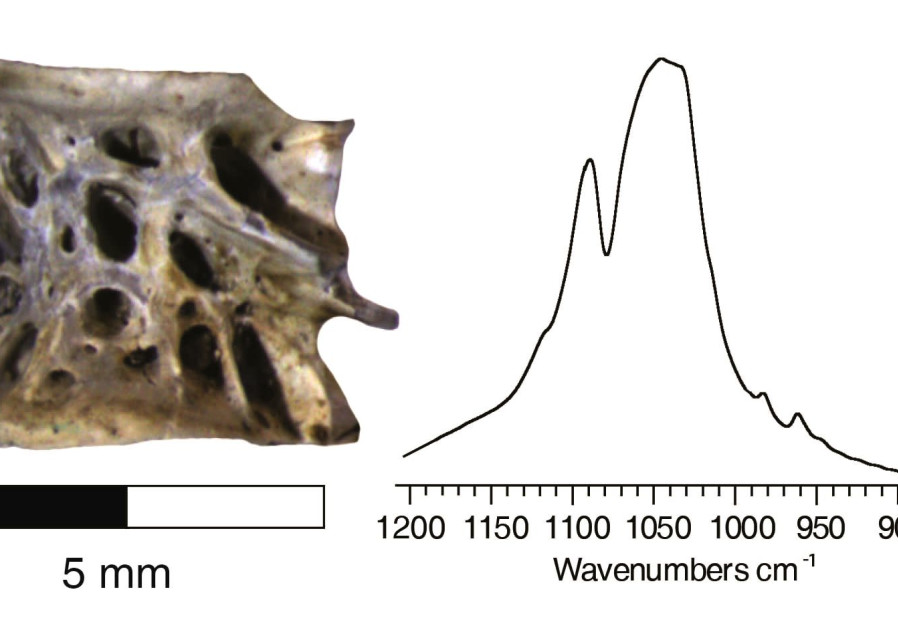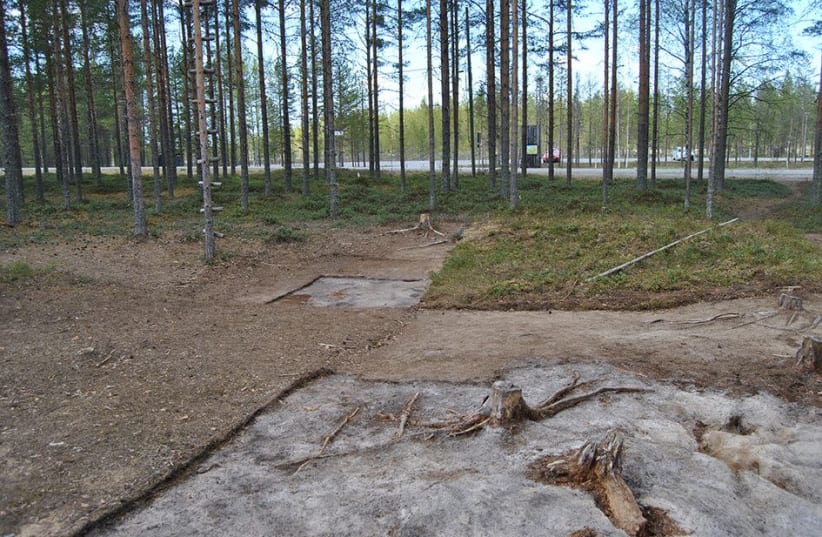
University of Haifa researchers identify 5,600-year-old Scandinavian salmon
While archaeological researchers have assumed that salmon would have been crucial to the early diet of the ancient Arctic’s inhabitants, there has been little proof until now.

